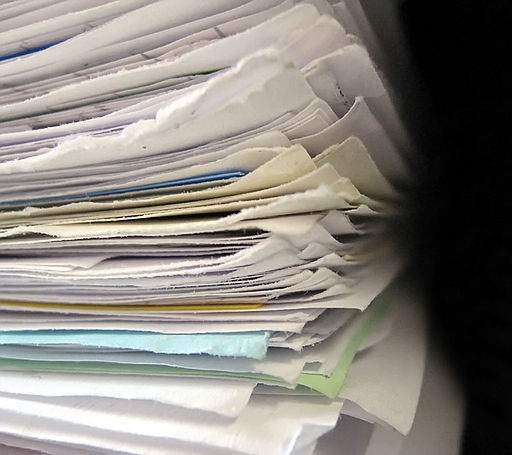Mass Marking
By Gabe Kraljevic
Posted on 2017-11-01

We are incorporating more writing opportunities in our middle school and high school science classes, both “formal” and ”informal” writings. How can one teacher grade more than 180 pieces of writing in a timely fashion with feedback that allows students to learn and grow? – L., California
Here are some things I have tried when facing a mound of grading:
Before:
Take time to prepare students. Share your evaluation scheme beforehand and show some examples, if possible.
Rubrics and checklists are key to speed.
Consider self-evaluations. You may be surprised at their honesty.
Allow students the time to submit drafts for feedback—electronically, if possible.
During:
Don’t think that you can get through everything in one go. Take breaks.
To reduce paper, create a pared-down checklist or Likert-type scale with space for comments. Use class lists with columns representing the categories in your rubric.
Double-check self-evaluations and amend with comments.
For consistency, go through the pile one category at a time. For example, go through and just mark graphics. Take a break and then reverse the pile for the next line in your rubric to avoid always marking the same students first or last. (Not sure which is worse for the kid!)
Take notes on common mistakes.
After:
Adding up marks can take a remarkable amount of time. The students can add up their own work and return the assignment for recording (with judicious oversight!). I don’t recommend students add up classmates’ work.
Review common mistakes with the class.
Hope this helps.

